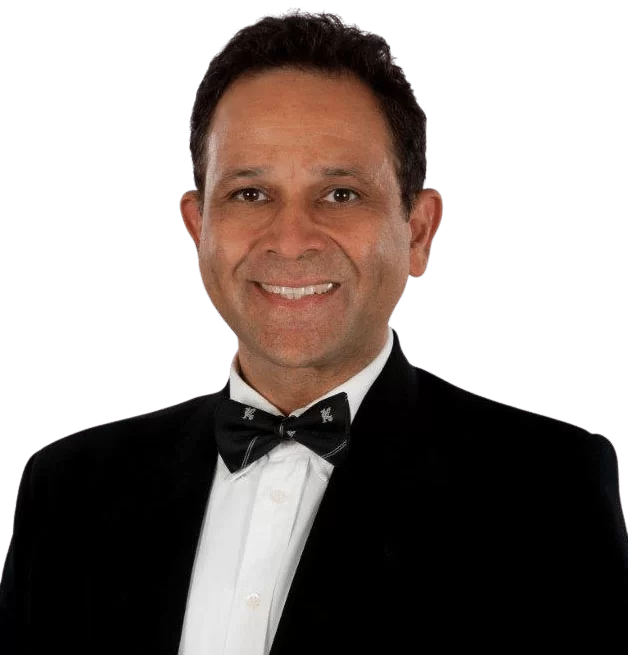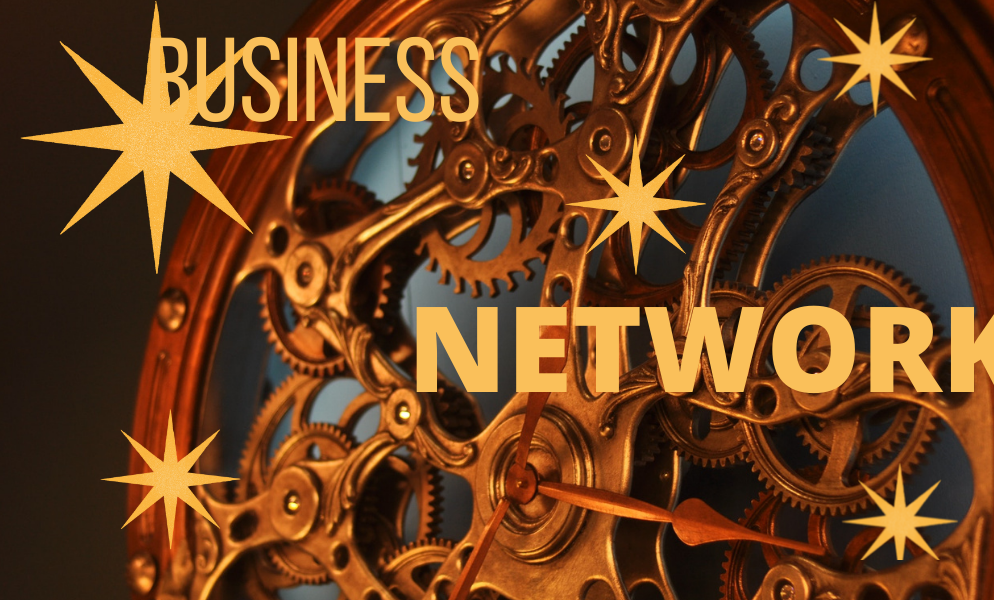In the first blog in this series I wrote about the Brazilian soccer teams’ transformation from an individualistic style of play to a network style game.
In early 90s, more than two decades since the last World Cup championship title and Brazil faced an interesting juxtaposition – continue with what led to past success of PELE and his peers, or move on with the new rules of the game.
The new rules were clear – minimise the individual wizardry of foot play, dribbling and nimble dexterous touches, and replace these with the power-play of networks of players moving in formations to conquer the opponents by outwitting them, by outsmarting them, and by outnetworking them using a better method.
In the same series, I contrasted Brazilian success with transformation with the failure of Indian hockey to transform itself.
Under somewhat similar conditions, the selectors, the coaches, the trainers and the players – all struggled to re-produce their stellar success of decades past.
Unable to do so, the blame game started and all parties now blame all other parties for the failure.
Lessons From Soccer (and hockey)
The parallel between these sport stories and business is profound: what happened with these two games, has also now happened in today’s business world.
A company can no longer afford to play the game of business on its own, like a wizard. In fact I just wrote a blog on this topic entitled “A Company Is Known By the Company it Keeps.”
Today, a network of companies comes together, and pass the information and material to each other at various points, which creates the wizardry and allows them to outsmart their competitors in today’s market place.
Every company does this – but only those which are most skilful at it win.
Only a handful of companies have fully realised the new rules of the game; and there are no more than 10 people on the planet who can help CEOs achieve this type of business model transformation.
Why? Because business model transformation of this type is not easy. In fact it is much more difficult than changing the game plan in soccer and hockey in the example given above.
To fully grasp the magnitude of the task you can read this article, and see if you agree that no more than 10 people on the planet can achieve this type of positive transformation.
So what are the lessons from Brazil’s success and India’s failure to transform the model of game?
Understand Changes in the Environment
The first lesson is that you need to pick up the currents of change on your horizon.
Lots of companies do not maintain a strategic perspective to be able to detect the change of business model early enough, while the change is taking place.
Sometimes they do not notice the change even after the business model has totally transformed. For instance, India did not notice the full extent of change that had happened within the world of hockey.
There are still teams in South America which have individual soccer wizards but simply fail to stand the onslaught of European winning machines who play like a network passing the ball to each other.
Moreover, businesses also need to notice the change well in time, to be able to do something positive about it.
Lots of companies, people, and administrators notice the change when it is too late to do anything about it. Indian hockey is a prime example.
By now it is well and truly registered in every Indian hockey player psyche why we have lost out on the global hockey front.
Commit to Change in Supply Chain
Indian hockey may from time to time, blame the lack of resources for their slide in international ranking. Putting the blame’s justifiability aside, the point remains that you must make sure you have all the necessary resources and commitment for the big move.
Otherwise, not having enough resources, or thinking you do not need too much resources, will leave you in a state not much happier than the Indian hockey team today.
Apart from financial resources, you also need mental resources or the willpower to make that leap from the old mode of working to the new one. Coach Parreira more or less had to change people’s perception of success when he geared the Brazilian soccer team up for the 1994 World Cup. Memories of decades of street soccer and individualistic style needed to go. The same for India’s hockey story. Yet only Brazil succeeded. Why? Because they committed 100% to changing the status quo.
In other words, you need to stick to the transformation path till the end. There will be times when you will be tempted to revert, or take shortcuts because it is always easier to do things that come habitually.
But it cannot be emphasized enough that you have to keep sticking to it till the new model becomes the way of doing things, till the new way of playing soccer is the only way you play soccer.
Update the stories or legends
Legends and stories, of who you revere and why, are very powerful way of communicating what is important. People are naturally wired to retell the legends, and to try and live up to them.
They become the norm, or what is considered acceptable by the majority. The norm is driven or constructed by extraordinary people with inspiring stories over time.
Therefore, to encourage a change in habitual thinking that facilitates transformation, the stories or legends need to be changed in people’s mind.
A historical example comes to mind is China’s socio-economic transformation led by Deng Xiaoping in the 80s.
Back then, Deng’s task was to change the stories that had been so ingrained in people’s minds during the years of China’s previous leader – Mao Zedong.
After proclaiming the founding of the People’s Republic of China (PRC) in 1949, Mao and other Communist leaders wanted to rebuild the country in the direction of the communism of which Marx had spoken,
but at a faster rate and with a different flavor compared with the Soviet Union. Mao actively encouraged an abolition of differences between rich and poor, and divisions in labour.
The “Great Leap Forward” was a policy with which Mao hoped would inspire everyone to become an economic and managerial expert.
Despite unsatisfactory outcomes, the policy succeeded in telling stories of collectivism and the importance of sharing resources.
People’s communes were the next level of collective farms, where there was not only mass mobilisation of labour but also of living rituals.
Then came the Cultural Revolution as Mao attempted to re-assert his authority. At the time, Deng was still regarded by many as a “capitalist roader.”
To make it more difficult, there were protests by students in Beijing who upheld Maoist idealisms, denouncing “revisionists and capitalist roaders” in favour of rights for the poor.
When Deng became the de facto leader of China’s Communist Party, he started changing the psyche of people by using a different set of vocabulary.
“It matters not whether the cat is black or white, as long as it catches mice,” this is his famous saying which encapsulates Deng’s approach very well.
What this essentially means is that practicality should come first and at that time, the language of revolution really diverted from that during Mao’s time.
Stories abounded about how glorious it was to get rich. From pouring resources into a common hub, both collective farmers and individual growers were inspired to make as much profit as they could and to invest in any kind of local business.
In fact, one success story
Inspirable Business Supply Chain

would inspire another one, and so on until China saw incomes increased significantly, stimulating industrial production along the way. Farmers were more or less their own masters and investors, they were able to purchase their own machinery and fertiliser. Meanwhile, in rural towns and in cities, “sidewalk entrepreneurs” started to appear. Everyone was pursuing their own wealth creation journey, regardless of what colour the collar was. To sum up, what businesses nowadays can learn from this is: to propel change, create, or change the tales of success that show the benefits of your desired transformation. —to be continued in a concluding blog.




